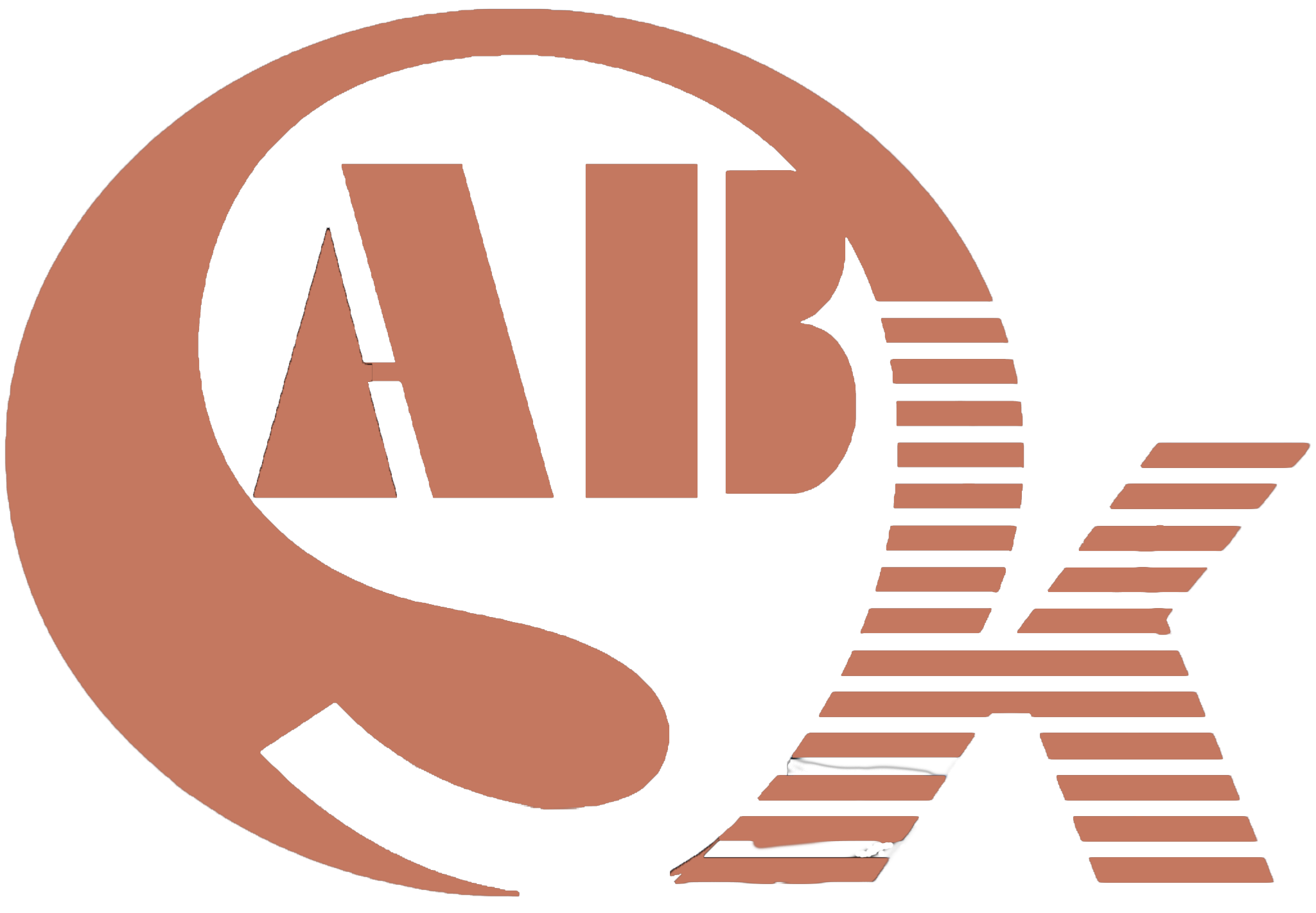Welding Workpiece Positioning: Enhancing Precision and Efficiency
Welding is an essential process in various industries, from manufacturing to construction. Achieving high-quality welds while maintaining efficiency and productivity is paramount. Welding workpiece positioning, often overlooked, plays a crucial role in ensuring precise, consistent, and efficient welding. In this article, we will explore the significance of workpiece positioning in welding, highlighting its key benefits and applications.
The Importance of Welding Workpiece Positioning
- Precision Welding:
Welding workpiece positioning involves aligning the parts to be welded in the optimal orientation. This alignment is essential for precise welds, as it ensures that the weld bead is deposited exactly where it’s needed. Precision welding is crucial, especially in industries where structural integrity and safety are paramount, such as aerospace and automotive manufacturing.
- Minimizing Distortion:
Welding can introduce heat and stress to the workpiece, leading to distortion. By accurately positioning the workpiece, you can mitigate distortion, reducing the need for post-welding corrections or rework. This not only saves time but also minimizes material wastage, contributing to cost-efficiency.
- Efficient Welding:
Efficiency is a key goal in the welding industry. Proper workpiece positioning ensures that welding can proceed smoothly and without interruptions. Welders can focus on the task at hand without the added challenge of dealing with misaligned workpieces, leading to time and cost savings.
Methods for Welding Workpiece Positioning
- Fixturing:
Fixturing involves the use of specialized fixtures or jigs that hold the workpieces in the correct position during welding. Fixtures are custom-designed to match the specific geometry of the parts, providing a stable and repeatable setup for welding. They are commonly used in manufacturing settings where consistency and repeatability are crucial.
- Welding Positioners:
Welding positioners are mechanical devices that allow the rotation or tilting of the workpiece during welding. These machines can be adjusted to position the workpiece at the most favorable angle, making it easier for the welder to access all sides of the joint. Welding positioners are especially valuable in industries like shipbuilding and pipe welding.
- Welding Manipulators:
Welding manipulators are more advanced systems that not only position the workpiece but also manipulate the welding torch. These robotic devices offer precise control over the welding process, enhancing the quality and consistency of the welds. They are commonly used in industries with high demand for precision, such as aerospace and nuclear power.
Applications of Welding Workpiece Positioning
- Automotive Manufacturing:
In the automotive industry, welding workpiece positioning ensures the proper alignment of chassis components, body panels, and frame sections. Precise welding is critical for the structural integrity of vehicles.
- Aerospace Industry:
Aerospace manufacturers rely on welding precision for aircraft components. Workpiece positioning plays a vital role in the assembly of aircraft structures and engines, where the smallest deviation can have significant consequences.
- Construction and Infrastructure:
In construction, workpiece positioning is essential for joining steel beams, girders, and other structural elements. Proper alignment ensures the safety and stability of buildings and infrastructure.
- Shipbuilding:
Shipbuilders use welding positioners and manipulators to assemble large sections of ships, including hulls and superstructures. Precise positioning is necessary for watertight seals and structural strength.
- Oil and Gas Industry:
In the oil and gas sector, welding workpiece positioning is critical for the construction of pipelines, pressure vessels, and other components. The quality of welds directly impacts the safety and reliability of these installations.
Conclusion
Welding workpiece positioning is an indispensable aspect of the welding process that directly impacts precision, efficiency, and quality. Whether through fixturing, welding positioners, or advanced welding manipulators, the correct alignment of workpieces is essential for achieving the best possible welds. Industries ranging from automotive and aerospace to construction and shipbuilding rely on these techniques to ensure their products meet the highest standards of safety and performance. By recognizing the significance of welding workpiece positioning, businesses can enhance their welding processes and ultimately deliver superior results to their customers.
